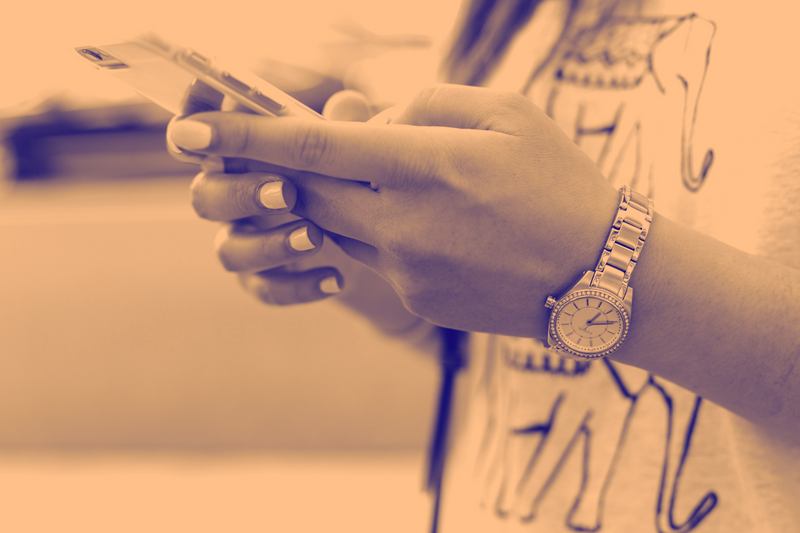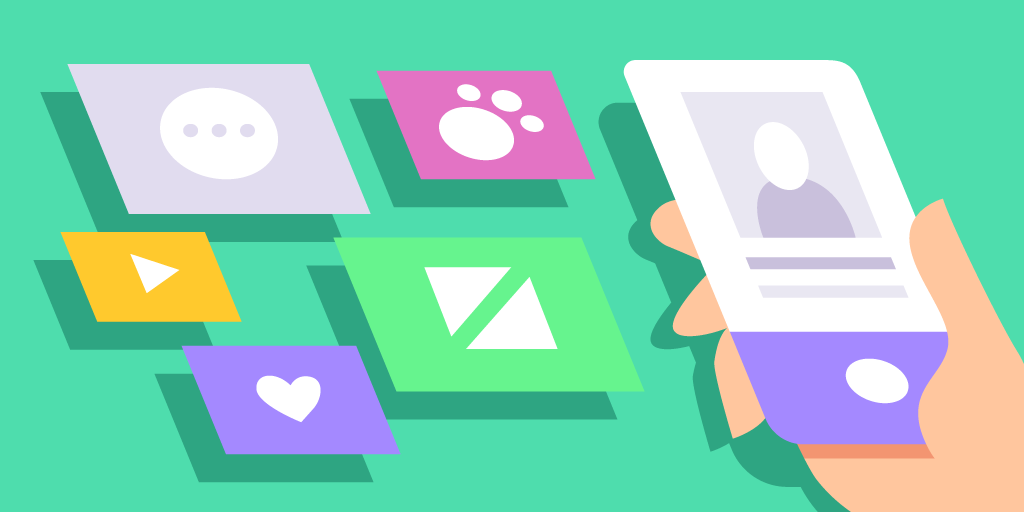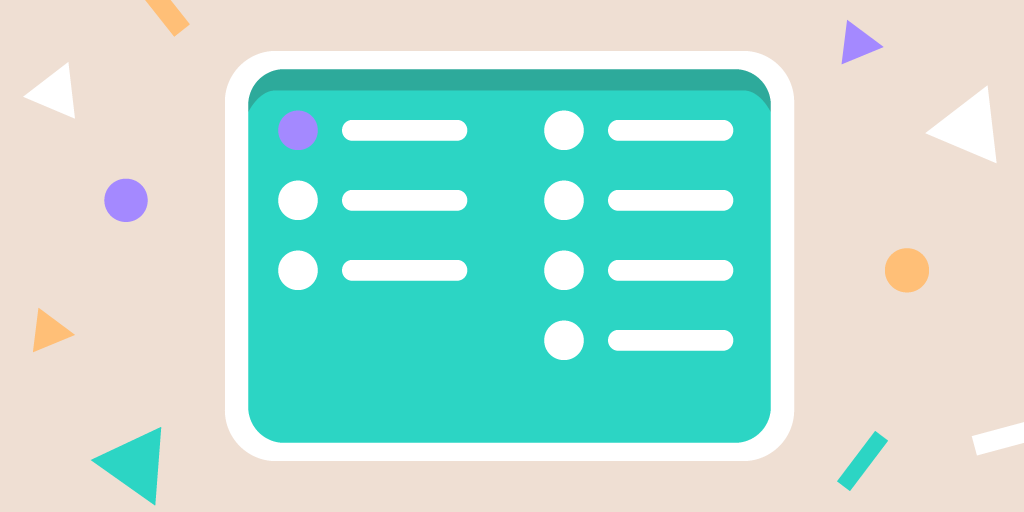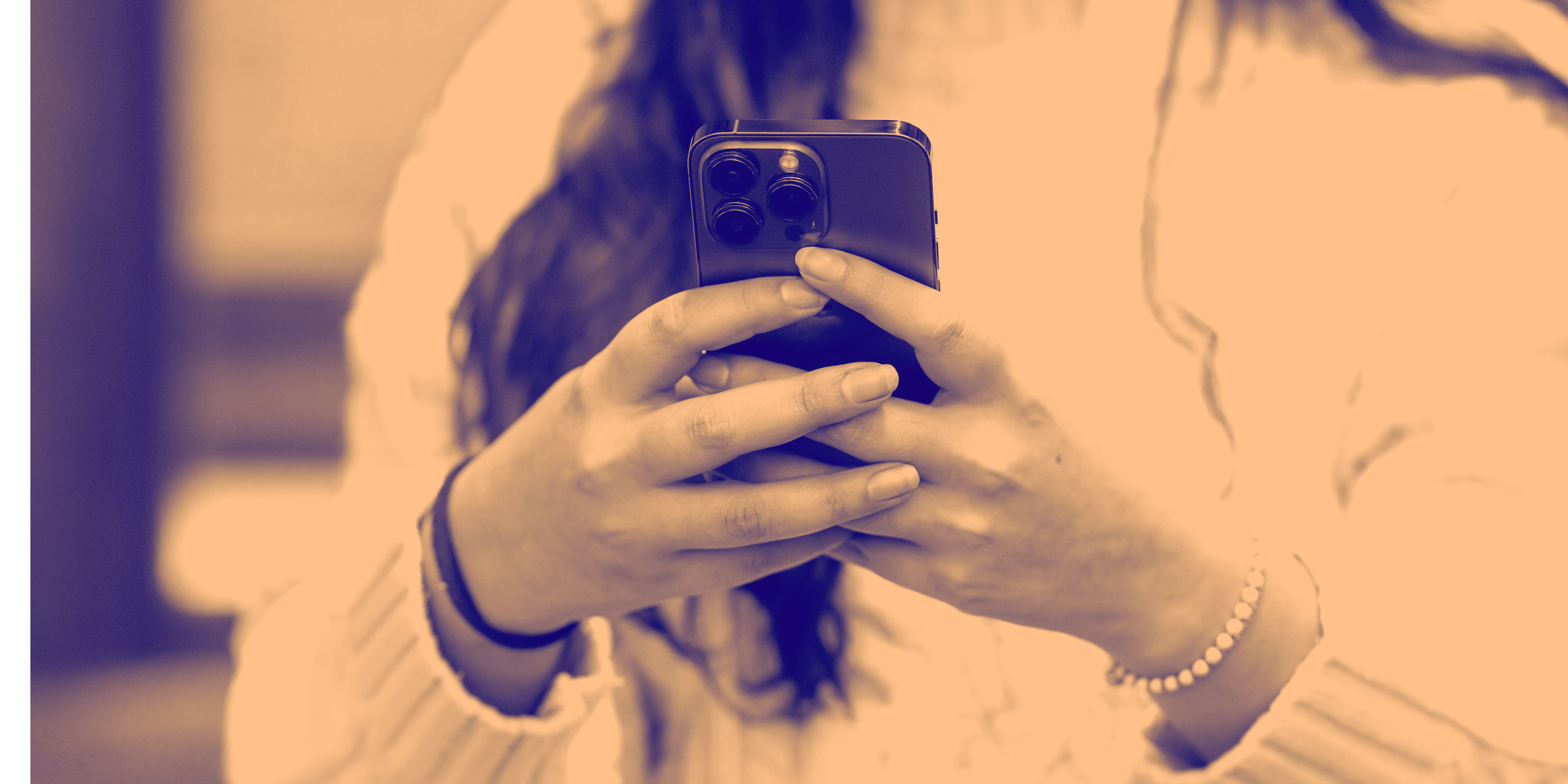Efficient check-in processes matter for government offices and healthcare facilities. Long queues and paperwork delays frustrate citizens and patients who just want to get their business done.
Remote sign-in solutions fix this, people register for appointments ahead of time using mobile apps, websites, or kiosks. No need to show up early just to wait around.
The Journal of Medical Internet Research ran a survey in 2021 that found something interesting. Healthcare facilities using pre-registration and remote check-in systems processed patients up to 30% faster.
This blog explores the key benefits of adopting remote sign-in for these critical services.
What is Remote Sign-In?
A remote sign in system lets citizens or patients check in for appointments digitally, reducing wait times and administrative burden.
It works through mobile apps, web portals, or SMS check-ins, allowing users to confirm appointments and receive real-time queue updates.
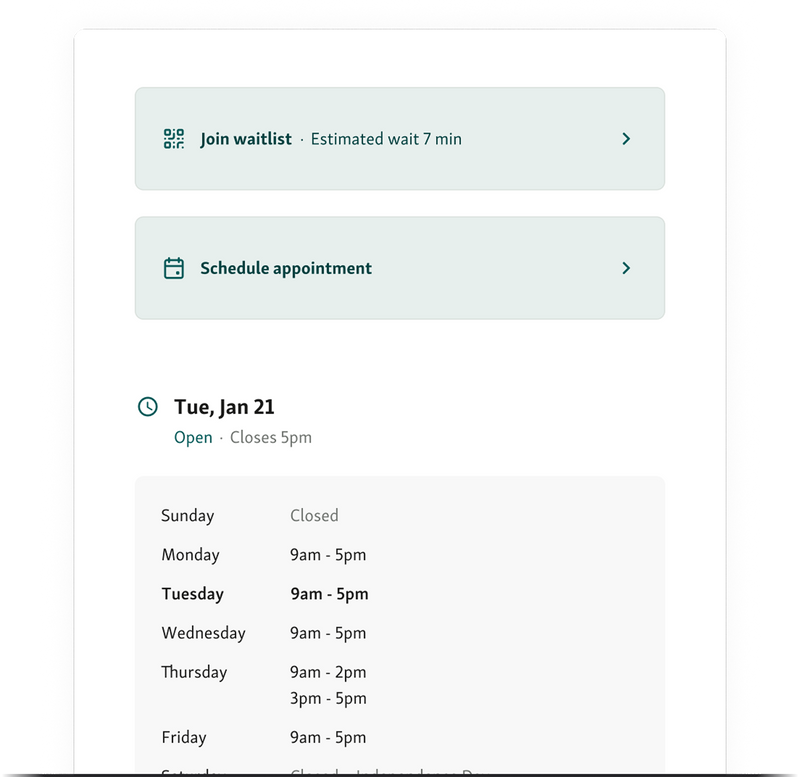
Adoption is growing in both healthcare and government offices. Hospitals using remote check-in report smoother patient flow and higher satisfaction, while government offices benefit from less lobby congestion and more efficient service delivery.
Key Benefits of Remote Sign-In
Remote sign-in systems are transforming how government offices and healthcare facilities manage visitor flow. Let’s look at the key benefits of implementing remote sign-in.
1. Reduced Wait Times and Congestion
A remote sign-in system puts citizens and patients in a virtual queue. They only show up when their turn is close. This cuts down physical crowding, shrinks long waits, and keeps visitor flow steady all day. DMVs, city halls, hospitals, and clinics see the biggest improvements, staff manages appointments better and waiting areas stay calm and organized.
Additional Benefits:
Staff can predict busy times and assign resources where needed
Lobbies get quieter with less crowding
Makes social distancing easier and helps meet health guidelines
Handles multiple services at once without lines crossing over
Pro Tip: Combine your virtual queue with live SMS updates, mobile apps, or lobby screens. Visitors know what's happening, expectations stay realistic, and the wait feels even shorter.
2. Improved Accessibility and Inclusivity
A remote sign-in system lets citizens and patients check in from home or their phone. No need to sit in crowded waiting rooms. This really helps people with disabilities, parents juggling young kids, or anyone with mobility issues.
They manage appointments without the stress of long waits. Government offices and healthcare facilities become more inclusive when everyone can access services without obstacles.
Additional Benefits:
People with mobility problems skip the long lines
Parents and caregivers with small children get a convenient option
Elderly visitors and those with chronic conditions avoid physical strain
Rural residents can access services without traveling far
Pro Tip: Build your remote sign-in system with multiple languages and simple navigation. This makes it work for everyone in your community.
3. Better Communication and Transparency
A remote sign-in system sends real-time updates through texts, mobile apps, or notifications. Visitors know their place in line and how long they'll wait. This steady stream of information takes away the guesswork, calms anxiety, and builds trust through clear communication.
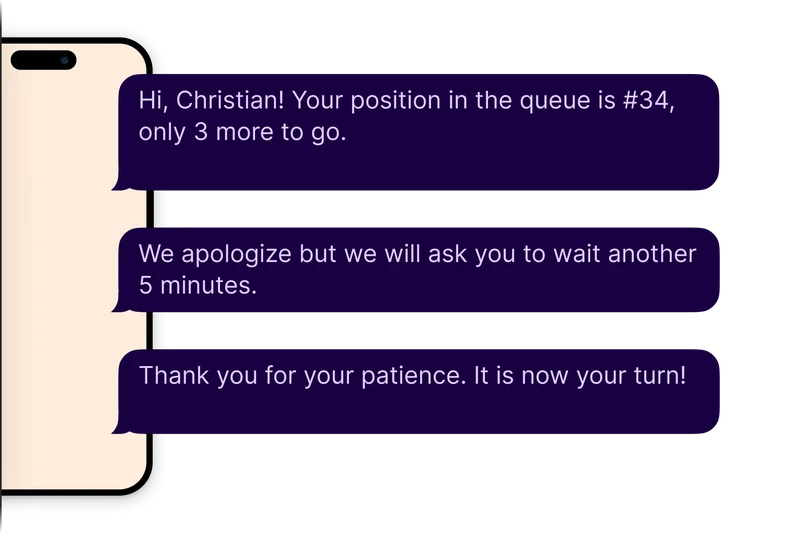
At the DMV, healthcare facility, or city hall, people track their progress and adjust their schedule as needed. The whole experience gets better.
Additional Benefits:
Citizens stay informed about delays or changes, so frustration drops
Visitors use their time better while waiting remotely
Instant notifications go out when service schedules change
Creates a more efficient, transparent, and accountable service setup
Pro Tip: Keep notifications short and clear. Tell citizens when they're next, when service is ready, and if delays pop up. This keeps service running smoothly.
Helpful read - How to Improve Customer Communication With SMS Text Messaging
4. Enhanced Safety and Social Distancing
A remote sign-in system keeps lobbies and waiting rooms from getting packed. Visitors wait remotely until their turn comes up. Post-pandemic, this matters more than ever, maintaining social distancing and cutting down physical contact helps prevent infections. When fewer people crowd into spaces at once, government offices and healthcare facilities stay safer for everyone.
Additional Benefits:
Visitors don't bunch up together, which lowers transmission risk
Waiting areas stay emptier, making them safer and more comfortable
Shows citizens you're following public health guidelines and taking safety seriously
Keeps social distancing going while services still run efficiently
Pro Tip: Set up virtual queues with clear signs and remote notifications. Guide visitors safely without creating crowds, and health guidelines actually get followed.
5. Streamlined Staff Operations
A remote sign-in system tells staff who's coming and what services they need before they arrive. No more guessing games. Staff allocates resources better. With real-time queue visibility, employees manage workflows smoothly, put the right people on the right tasks, and serve visitors faster. Remote sign-in also takes pressure off reception desks, visitors check in digitally, so staff can handle other work.

Additional Benefits:
Staff reviews visitor details beforehand, so service gets more accurate
Check-in goes faster, cutting reception wait times
Peak periods get managed better with smart resource allocation
Less manual data entry and paperwork means fewer mistakes
Pro Tip: Use data from your remote sign-in system to track service times and spot bottlenecks. Then adjust staff schedules based on actual demand patterns.
6. Data-Driven Decision Making
A remote sign-in system gathers analytics data on visitor patterns, peak hours, service types, and no-show rates. Organizations use this data to make smart decisions about resources, staffing, and improving services. Government offices and healthcare facilities analyze these trends to spot inefficiencies, fix processes, and make visits better for everyone.
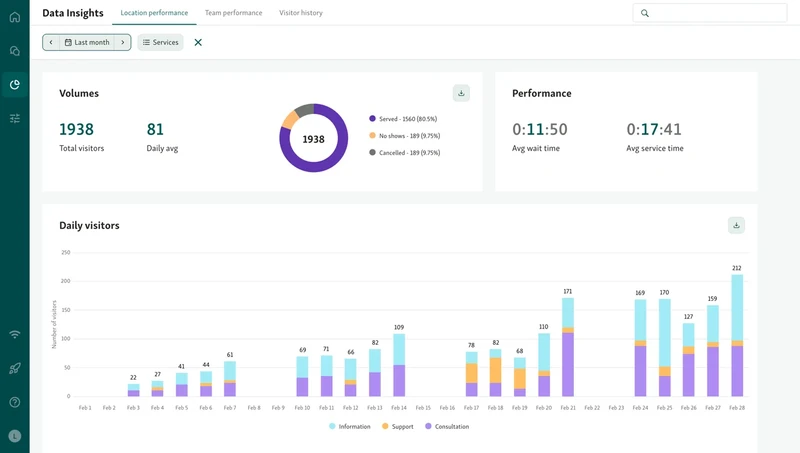
Additional Benefits:
Shows you peak times and service demand for better scheduling
Tracks no-show rates so you can take steps to reduce cancellations
Finds bottlenecks that slow down service
Historical data helps you plan for future needs
Pro Tip: Check the data regularly to adjust staff schedules and appointment slots. You'll use resources better and run services more efficiently.
Also read - How To Use Customer Behavior Data to Improve Service Efficiency in Government Agencies
Optimize Service Delivery with Remote Sign-In
Remote sign-in systems provide an efficient way to manage queues, reduce wait times, and enhance overall service delivery in government offices and healthcare facilities.
By offering real-time updates, streamlining staff operations, and leveraging data for decision-making, these systems improve both the visitor experience and operational efficiency.
Qminder offers a comprehensive remote sign-in system that helps organizations manage visitor flow, improve transparency, and reduce administrative burden.
Start your free trial today and elevate your service delivery with Qminder.
Remote sign-in systems use real-time data to monitor visitor flow, reducing congestion by allowing users to join virtual queues and arrive just before their turn, improving overall efficiency.
These systems reduce in-person interactions by enabling touchless check-ins, ensuring social distancing in waiting areas and minimizing contact points, helping meet health and safety standards.
Data on peak hours, visitor patterns, and service demand allows for precise staffing adjustments and resource allocation, optimizing operations and reducing service delays.

